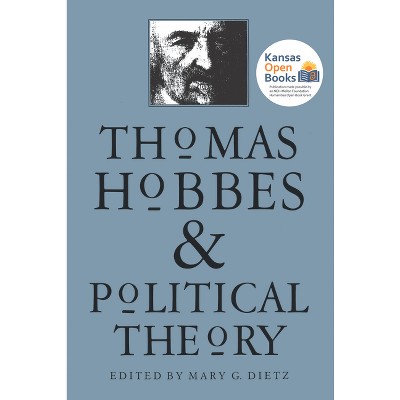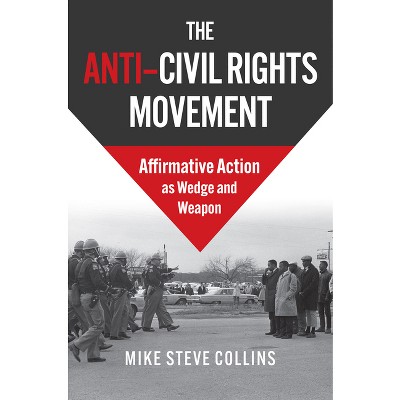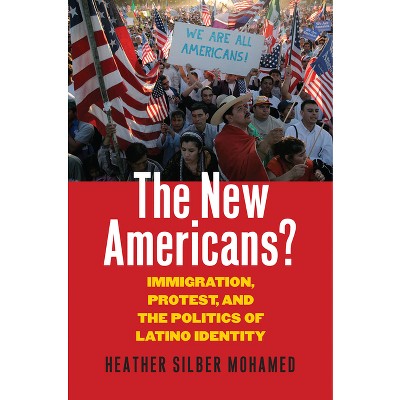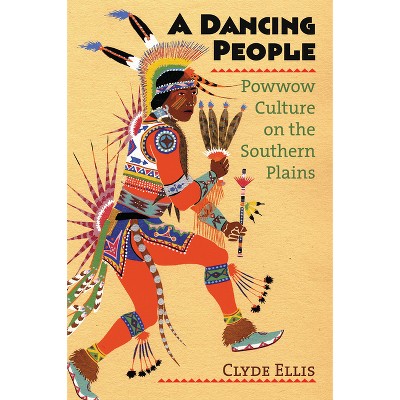Sponsored

Black San Francisco (PB) - by Albert S Broussard (Paperback)
In Stock
Sponsored
About this item
Highlights
- By 1867 black San Franciscans had gained access to public transportation.
- Author(s): Albert S Broussard
- 336 Pages
- Social Science, Ethnic Studies
Description
About the Book
This book provides extensive coverage of the city's black community during the Great Depression and the New Deal, details civil rights activities from 1915 to 1954, and provides extensive biographical material on local black leaders.Book Synopsis
By 1867 black San Franciscans had gained access to public transportation. In 1869 they were granted the right to vote by the state of California. In 1875 they fought for desegregated schools and won. Yet in 1957, Willie Mays was initially denied the opportunity to purchase a home in an exclusive San Francisco neighborhood because he was black. In Black San Francisco, Albert Broussard explores race relations in a city where whites, for the most part, were outwardly civil to blacks while denying them employment opportunities and political power. Understanding the texture of the racial caste system, he argues, is critical to understanding why blacks made so little progress in employment, housing, and politics despite the absence of segregation laws. When it came to racial equality in the early twentieth century, Broussard argues, the liberal progressive image of San Francisco was largely a facade. Illustrating how black San Franciscans struggled to achieve equality in the same manner as their counterparts in the Midwest and East, he challenges the rhetoric of progress and opportunity with evidence of the reality of inequality for black San Franciscans. Black San Francisco is considerably broader in scope than any previous study of African-Americans in the West. It provides extensive coverage of the city's black community during the Great Depression and the New Deal, details civil rights activities from 1915 to 1954, and provides extensive biographical material on local black leaders. In his reconstruction of the plight of San Francisco's black citizens, Broussard reveals a population that, despite its small size before 1940, did not accept second-class citizenship passively yet remained nonviolent into the 1960s. He also shows how World War II was a watershed for Black San Francisco, bringing thousands of southern migrants to the bay area to work in the war industries. These migrants, in tandem with native black residents, formed coalitions with white liberals to attack racial inequality more vigorously and successfully than at any previous time in San Francisco's history.Review Quotes
"A welcome addition to the growing body of literature on African American history in the Bay Area and the West. Enriched with thumbnail sketches and accounts of the roles played by individuals such as C.L. Dellums, international president of the Brotherhood of Sleeping Car Porters. . . and Franklin Williams, controversial leader of the NAACP in the 1950s."--San Francisco Chronicle
"Indispensable to our understanding of San Francisco history. Broussard's work is one of the most meticulously researched histories of African Americans this reviewer has read and one of the most careful. His judgments are always balanced and fair."--Nevada Historical Society Quarterly
"Offers lessons for historians of other western cities."--Journal of Arizona History
"This book offers two important additions to the literature on civil rights issues. First, it is one of the few treatments of that topic in the twentieth-century West. Second, it especially deals with civil rights as an activity during and immediately after World War II. Too many works on this topic assume a Southern framework and suggest a virtual dearth of civil rights activity until the Brown case in 1954, thus ignoring the quiet but not insignificant activities in Northern and Western cities during the 1940s and 50s."--Lawrence B de Graaf, author of "California Blacks" in A Guide to the History of California
"A significant addition to the important new scholarship on black community building prior to the modern civil rights movement. This insightful study demolishes the myth of white liberal progressivism in the city by the bay."--Darlene Clark Hine, author of The State of Afro-American History: Past, Present, and Future
"Poses a major challenge to most of our theoretical assumptions concerning African American urban community development. A stellar example of the nexus of urban, western, and African American history."--Quintard Taylor, University of Oregon











